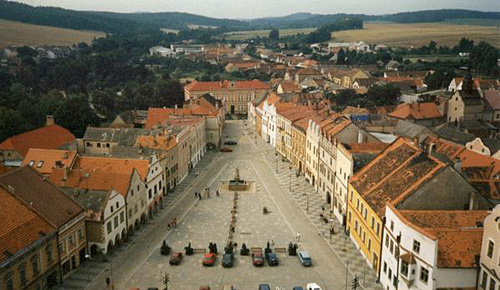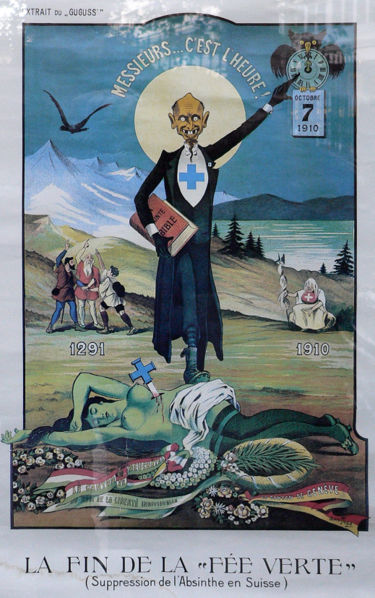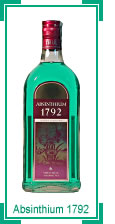Absinthe, ingredient of banned, supposedly hallucinogenic liquor, spreading through town. Absinthe wormwood, a noxious weed, is running rampant in Vail. The town has hired a contractor to spray the weeds later this summer. Hemingway and Rimbaud wrote about it. Picasso and Degas painted it. They all drank it.
It is absinthe, a type of liquor that is banned in the U.S. because it supposedly makes its drinkers hallucinate.
The ban — as well as bohemians’ affinity for the drink — has given absinthe, nicknamed the “green fairy,” a certain mystique. So it might be a surprise to some that absinthe is literally spreading like a weed in Vail. The absinthe wormwood plant has become an annoying noxious weed for the town, which is stepping up efforts to get rid of it.
Absinthe facts
• Scientific name of the plant is artemisia absinthium.
• Alcohol content of the liquor is usually between 60 and 75 percent.
• Russian word for wormwood is chernobyl.
• Supposedly first distilled around 1792 by a French doctor living in Switzerland.
• A new brand of absinthe, called Lucid, is now being sold in the U.S.
“We sure do have it in the town of Vail, and we have a lot of it,” said Gregg Barrie, who directs the town’s weed program.
The town just discovered it last year because it looks so much like sagebrush, which is a native plant. There’s a lot of absinthe along the bike paths and the frontage roads in Vail, Barrie said.
“It looks a lot like sage,” said Stephen Elzinga, the county’s weed coordinator. “Up until about three or four years ago, I didn’t even know what it was. I just thought, ‘It’s sage, la, la, la, I’m a happy guy.’”
The powerful liquor made from the absinthe wormwood weed has had a cult following among writers and artists, but banned in the United States.
Miners’ indulgence?
It’s not clear how absinthe wormwood got to Vail. One theory is that hard-drinking miners brought it here to make the liquor, Elzinga said. The Gore Creek Valley’s limited mining history might quash that theory, though. Another theory is that it was brought here as a decorative plant, Elzinga said.
Mickey Werner, managing partner of Alpine Wine and Spirits in West Vail, had no idea that absinthe grows in Vail. Of course, he’s not legally permitted to sell absinthe, but he does sell Absente, a 110-proof liquor marketed as “absinthe refined.” Absente uses a wormwood plant that has less thujone, which is considered the hallucinogenic ingredient.
“We sell quite a bit of it,” Werner said. “We happen to have some locals — I don’t know if they’re seasonals or locals — who just have a taste for it.” The liquor tastes like black licorice or fennel, Werner said. It’s pretty good,” he said.
Vail has hired a company that’s going to spray weeds, including the wormwood, later this month. Noxious weeds like absinthe can push out native plants, Barrie said.
In previous years, Vail has brought a herd of goats to town to eat weeds. They won’t return this year. But were goats consuming hallucinogenic plants? Not likely, Barrie said. “I don’t think the goats ate it,” he said. “I don’t know if we have an absinthe problems where we had the goats.”
Perhaps Vail can make this a win-win situation by harvesting the plants to distill liquor for its lively Bridge Street bar scene.
“I actually quit drinking about five or six years ago, so I don’t need any,” Elzinga said.
Source: Vail Daily
















